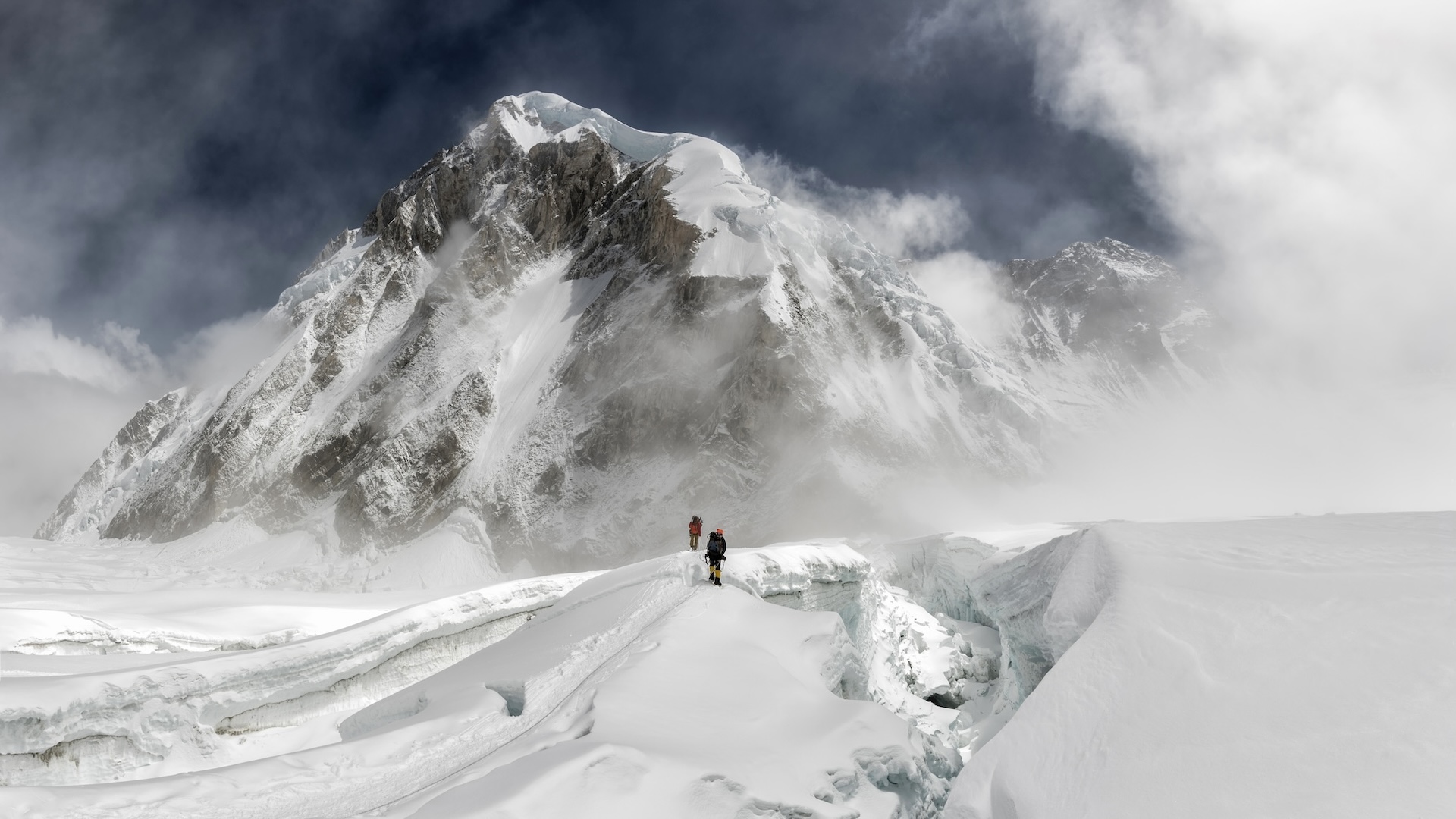Running out of room in your hiking backpack? Try these 5 hacks for hauling gear
If you need more storage than your hiking backpack allows, there are ways to carry gear that don’t require a pricey upgrade

When you’re heading out on a long hike, you need to bring a lot of gear. Hiking essentials alone include everything from a first aid kit and water bottle to your waterproof jacket and rain pants, and that’s just the essentials. If you want to add any extras like a pair of binoculars for bird watching, a camera for wildlife photography or a flask because you love a hot brew on the trail, you’re going to need some more storage.
If you’re not ready to upgrade to a bigger hiking backpack, are worried about hurting your back or simply only need more haulage occasionally, you might be looking for ideas for carrying more gear. Read on for five hacks for carting more gear without buying a roomier backpack.
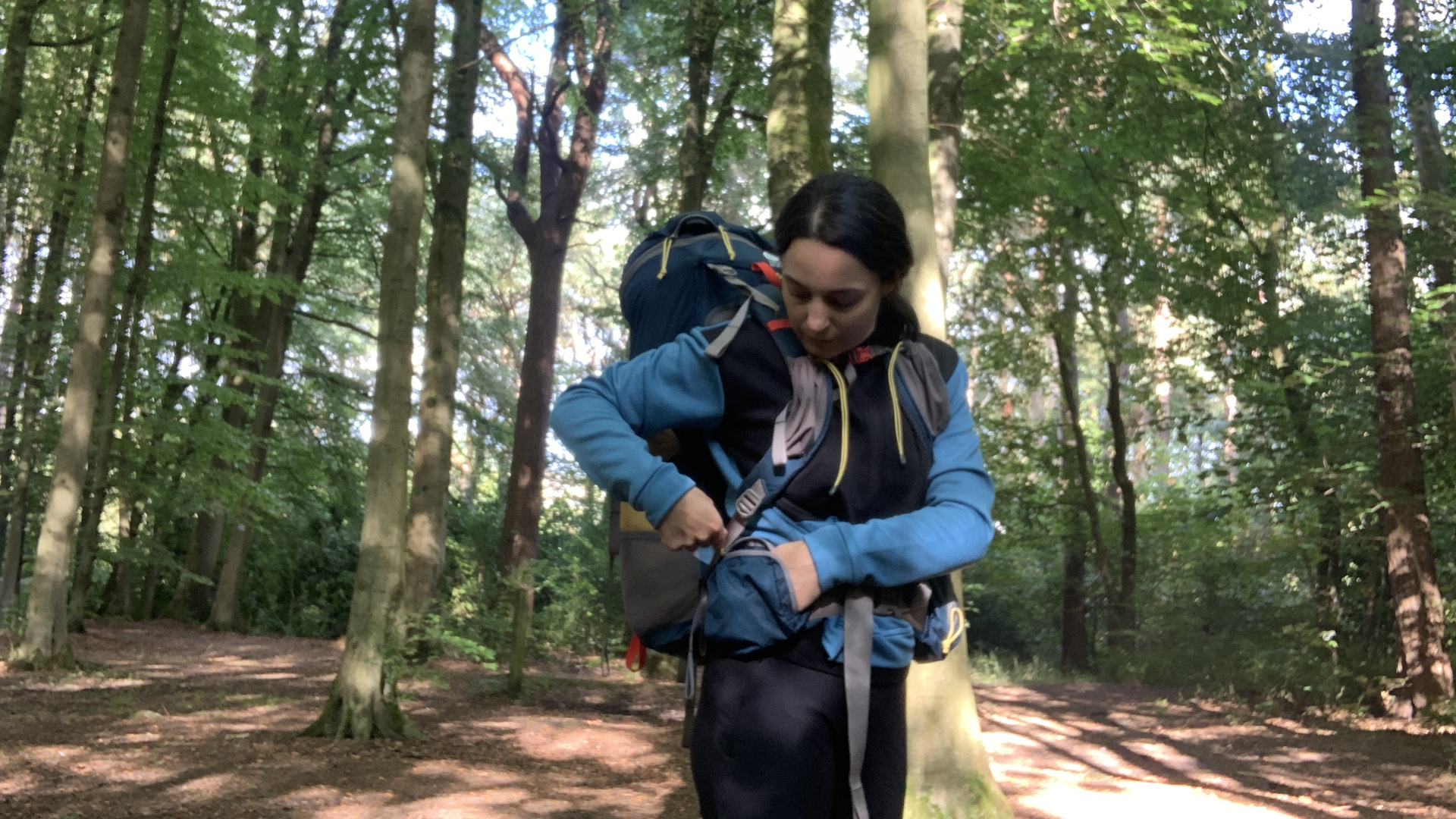
1. Get gear with lots of pockets
Though it’s true that you may be able to hike safely and comfortably in clothing that’s not specifically intended for hiking, one benefit of hiking gear is that if it’s good, it comes with lots of pockets. Hiking pants like the Revolution Race GP Pro have deep, zipped thigh pockets which are great for stashing items you want close to hand like your map, compass and phone.
Likewise, choose a fleece jacket with plenty of pockets, such as the Outdoor Research Vigor Full-Zip Hoodie, so you can carry your hat and hiking gloves while your waterproof jacket should also have pockets so that all that gear can stay handy if the heavens open – try the Berghaus MTN Guide GTX Pro jacket with five zippered pockets so you can easily carry your headlamp on your person.
If it’s warmer out and you’re not planning on wearing a fleece, consider a hiking shirt with chest pockets instead of a T-shirt to add a little more closet space for items like your sunglasses and neck gaiter. Utilizing your pockets for light and compressible items can open up more space in the main compartment of your backpack as well as the lid for extra layers and your lunch.
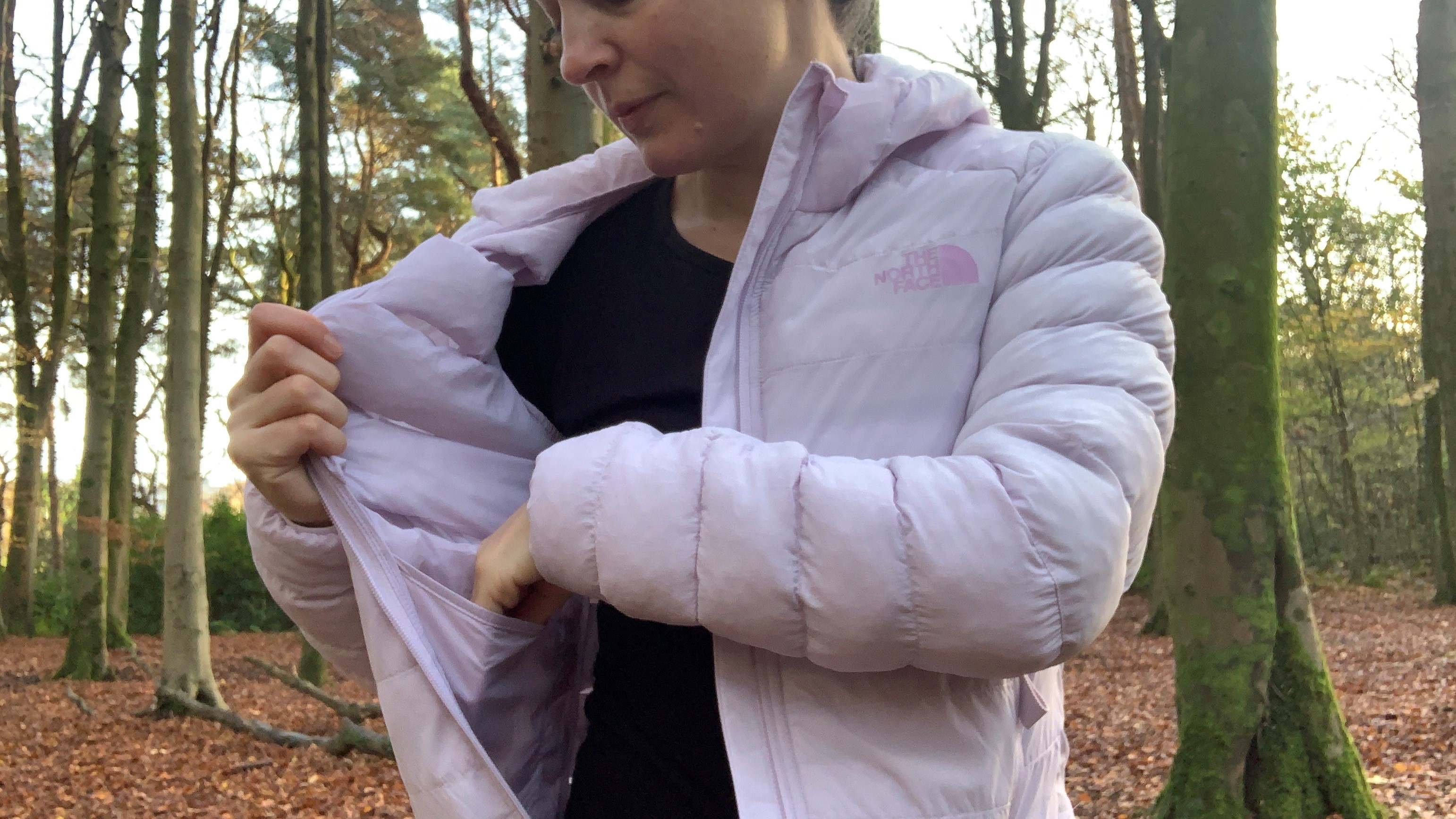
2. Use the gear loops on your backpack
If you don’t love the idea of walking with loads of gear in your pockets, take another look at your backpack. It might be stuffed to the gills, but that doesn’t mean it can’t take more gear. A good hiking backpack like the Osprey Mutant 52 will be covered in various loops that you can use to secure trekking poles, ice axes and camping gear like your sleeping pad if you’re going on a longer trek.
Read up on how to use the loops on your backpack to carry your gear securely and you might discover the carrying capacity of your pack is more than you thought. If you’re expecting rainy weather, only attach gear that you don’t mind getting wet, or invest in a rain cover to keep the whole load dry.
Advnture Newsletter
All the latest inspiration, tips and guides to help you plan your next Advnture!
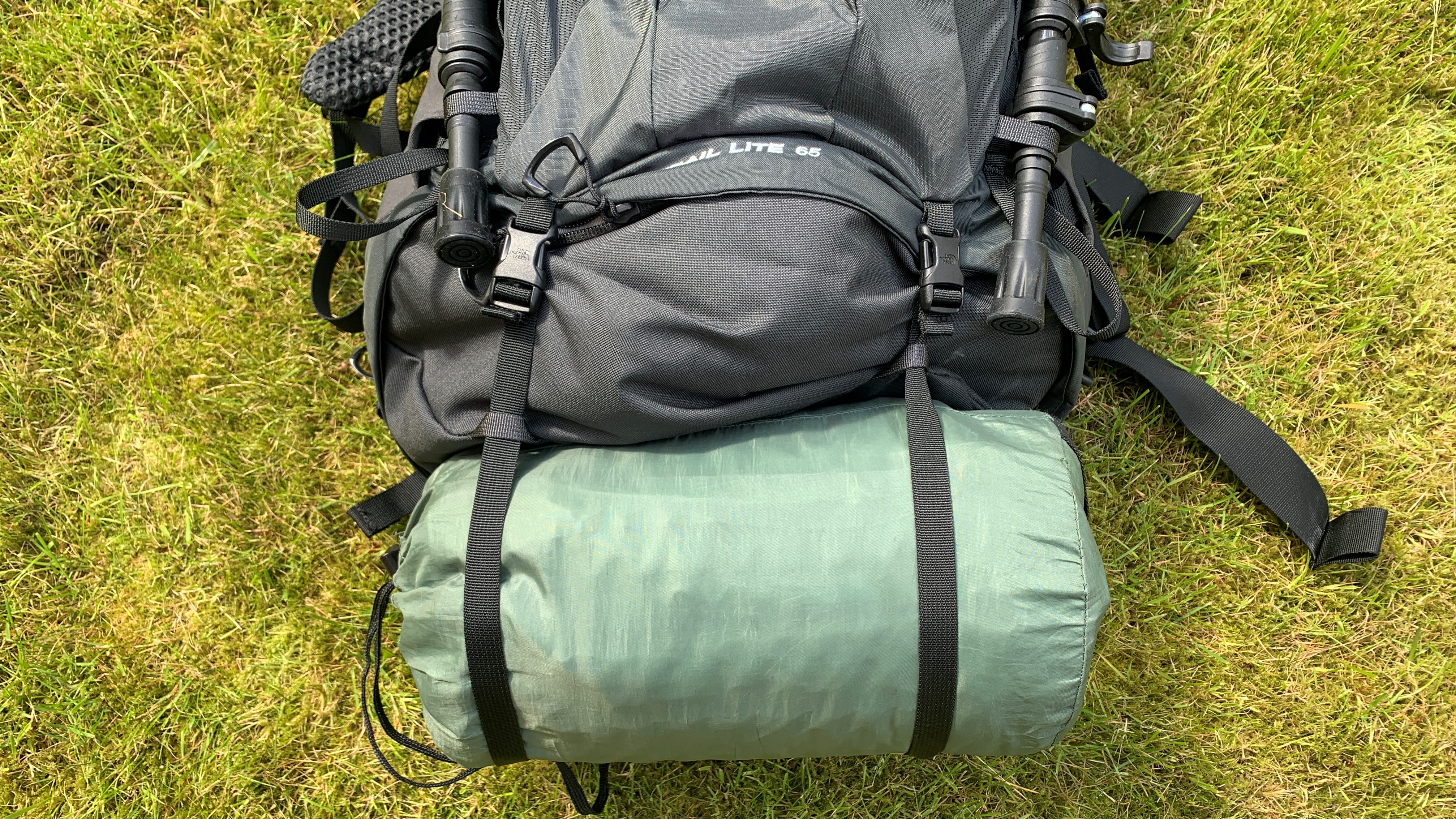
3. Use carabiners
Even if your backpack doesn’t have a lot of gear loops, you can craftily attach gear to the buckle straps, haul loop, chest and shoulder straps and hip belt using carabiners. Carabiners are best for lightweight gear such as inflatable camping pillows and seat pads, camping mugs, bear bags and sunscreen since whatever you attach will bounce around a bit as you walk.
4. Sport a fanny pack (seriously)
You might think it sounds like a 1980s joke, but fanny packs for hiking are a real thing and they can really add a lot more real estate. Hiking with a fanny pack can be a pretty comfortable way to walk, and a decent one will have a lot of room and mean you can keep all of your valuables on your person, even when your pack comes off.
A hiking-specific hiking belt like the Osprey Tempest 6 Lumbar Hiking Pack will even let you carry soft water bottles so you can sip without stopping, and leave plenty of room in your backpack for a down jacket if it’s chilly out.
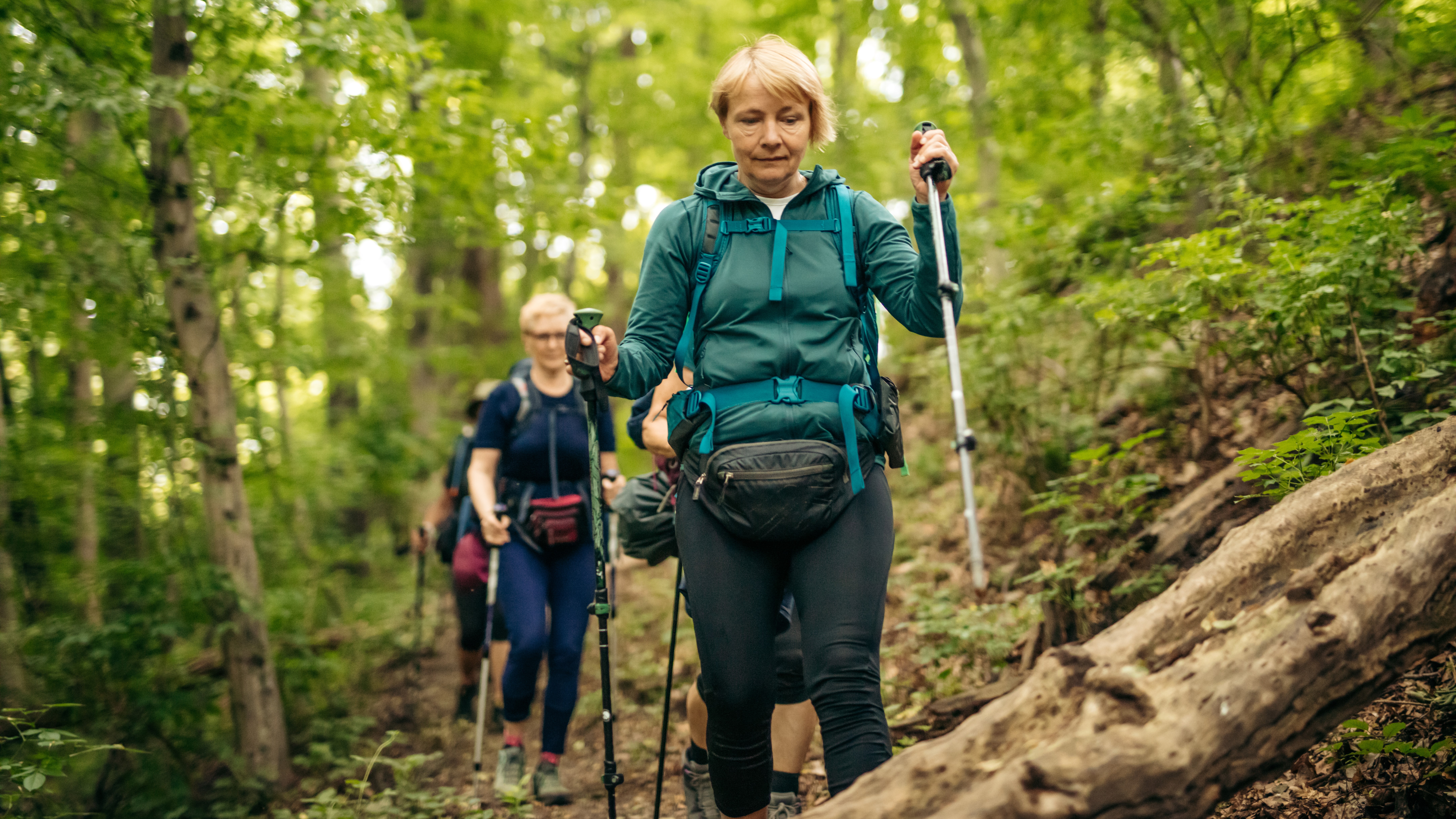
5. Switch out your water bottle for a hydration bladder
Carrying water is an absolute necessity on a hike, but water bottles for hiking take up a lot of space. If your backpack has a sleeve for a hydration bladder, use that instead. They can carry three liters of water at a time without taking up the space of three bottles. If you don’t love the off-putting flavor of your hydration bladders, learn how to get rid of the plastic taste before you set off.
Julia Clarke is a staff writer for Advnture.com and the author of the book Restorative Yoga for Beginners. She loves to explore mountains on foot, bike, skis and belay and then recover on the the yoga mat. Julia graduated with a degree in journalism in 2004 and spent eight years working as a radio presenter in Kansas City, Vermont, Boston and New York City before discovering the joys of the Rocky Mountains. She then detoured west to Colorado and enjoyed 11 years teaching yoga in Vail before returning to her hometown of Glasgow, Scotland in 2020 to focus on family and writing.

